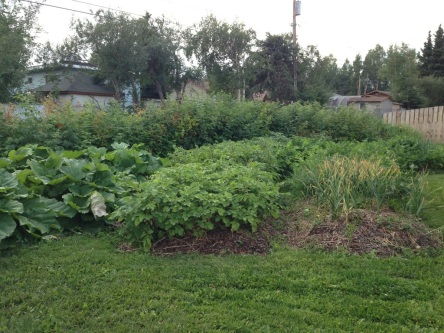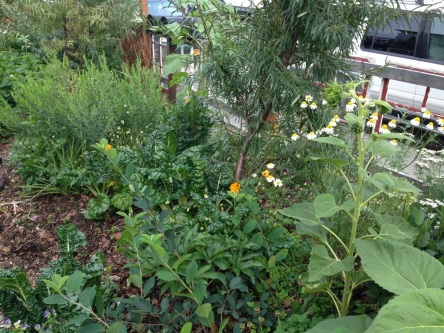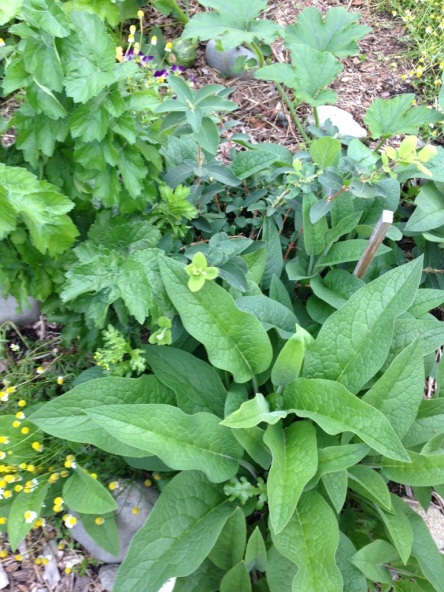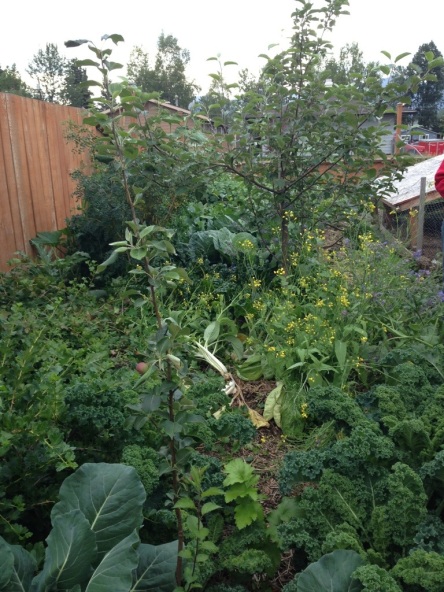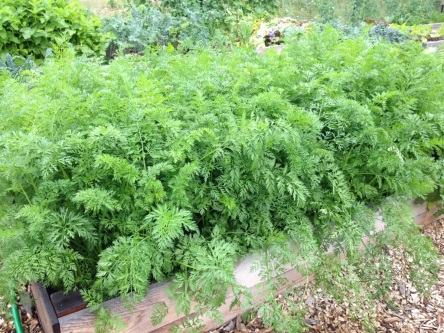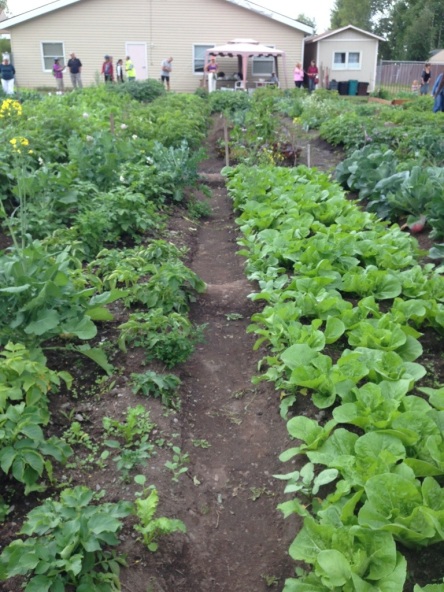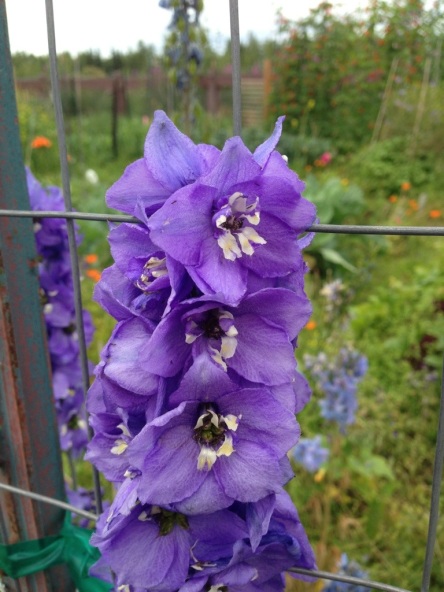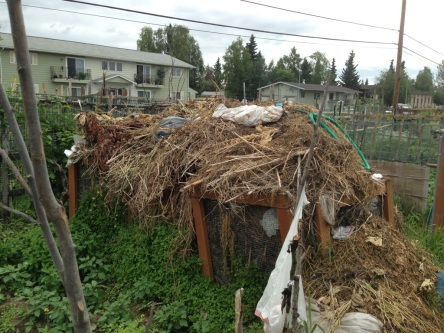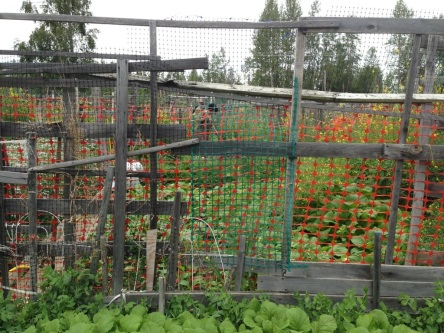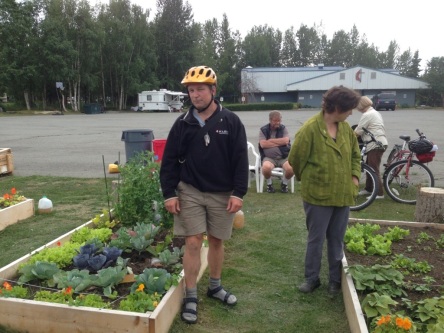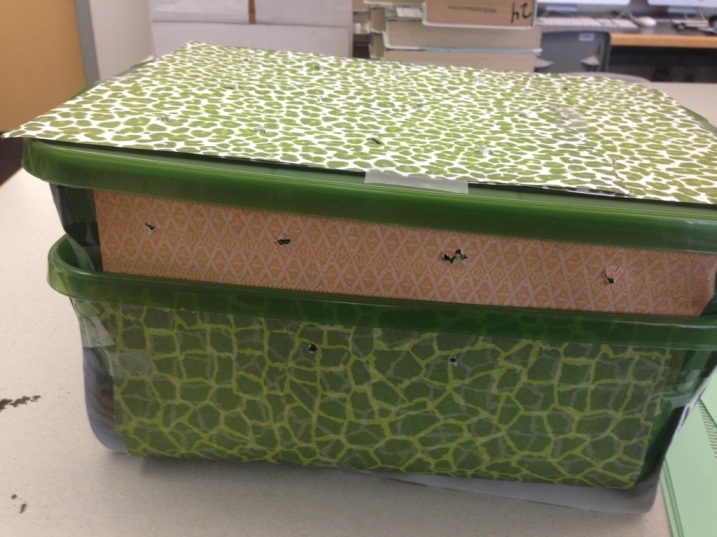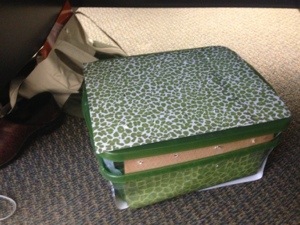First light: Remember yesterday, when you wrote down the first thought you had this morning? Great. Now write a post about it. (prompt from DailyPost)
Maybe not first light so much (it’s coming soon and I promise to take a picture) as much as first notions.
It must be spring because my head is filled with more ideas and new life for old ideas than I can handle. It’s almost completely overwhelming. I have been keeping notes on my phone, on scraps of paper, in a little spiral journal I uncovered while cleaning off my desk.
I think I’m going to take over this blog and get into the habit of writing every day. I love to write. I’ve written a novel. I teach writing. I love to read and read and read. So I’m going to write using these handy prompts a few times a week and then write more about permaculture principles and how they apply to how we parent our children or, in some cases, how we could parent our children a little bit better and more intentionally than how we do right now. When I began studying permaculture I realized that much of what I’ve done as a parent, and as a person too, has always gone along with the principles of permaculture.
I’m also going to apply to begin earning my EdD in transformational leadership. My intent is to focus on applying the permaculture principles (yes, again) to educational institutional change.
So, this blog has a newer look to it and I may change and tweak it some more before the sun’s first light has even come up over the mountains.






